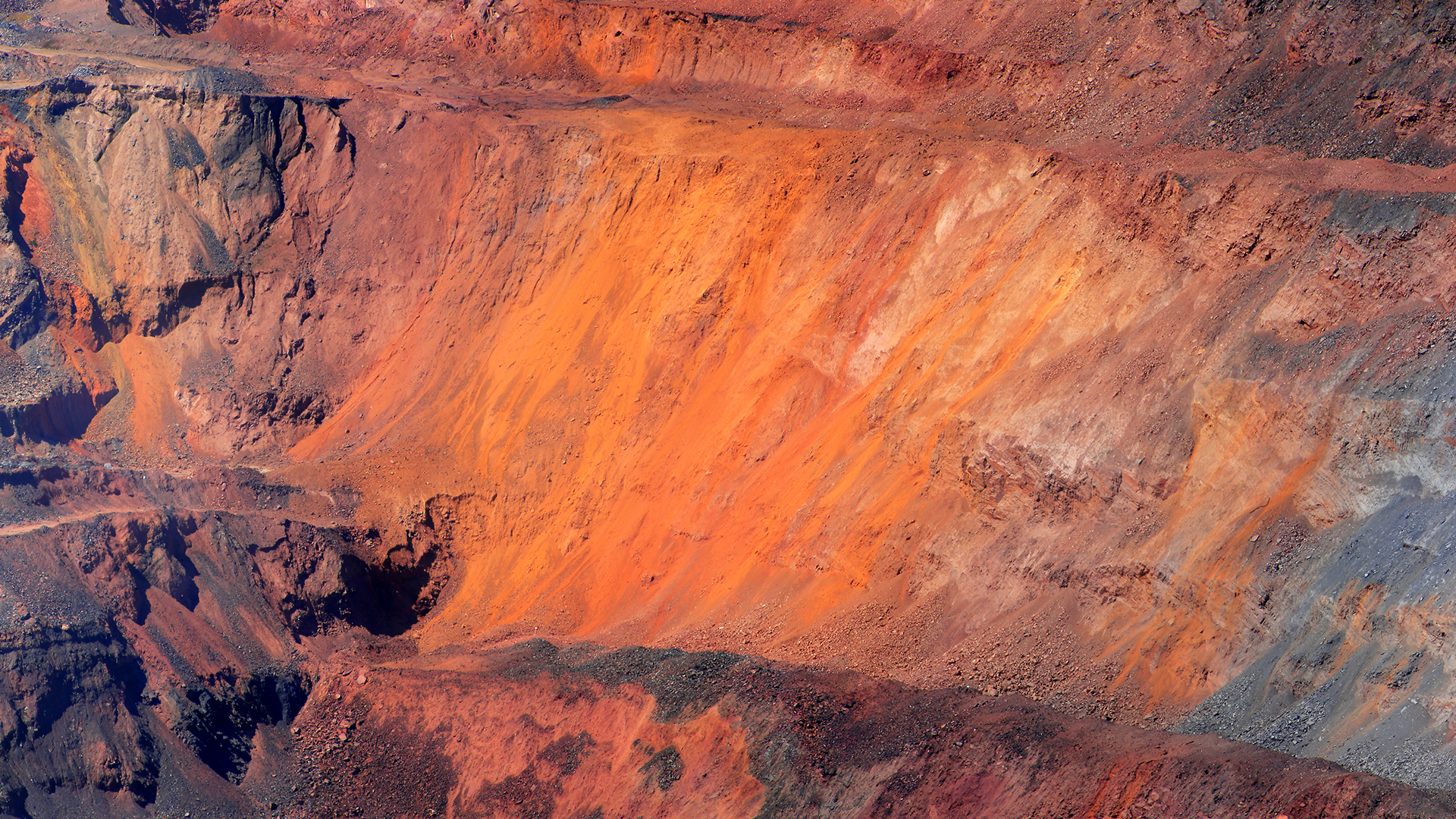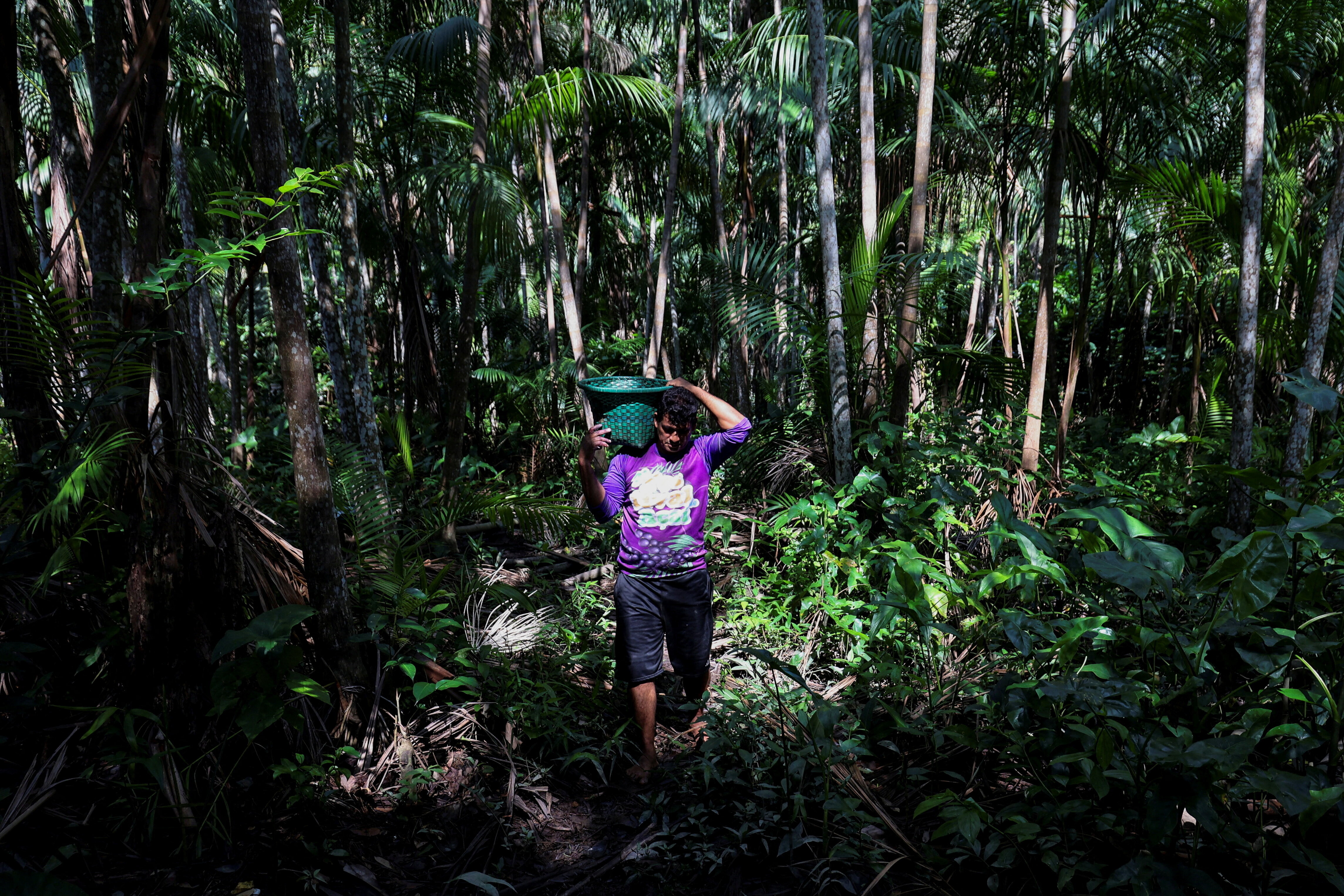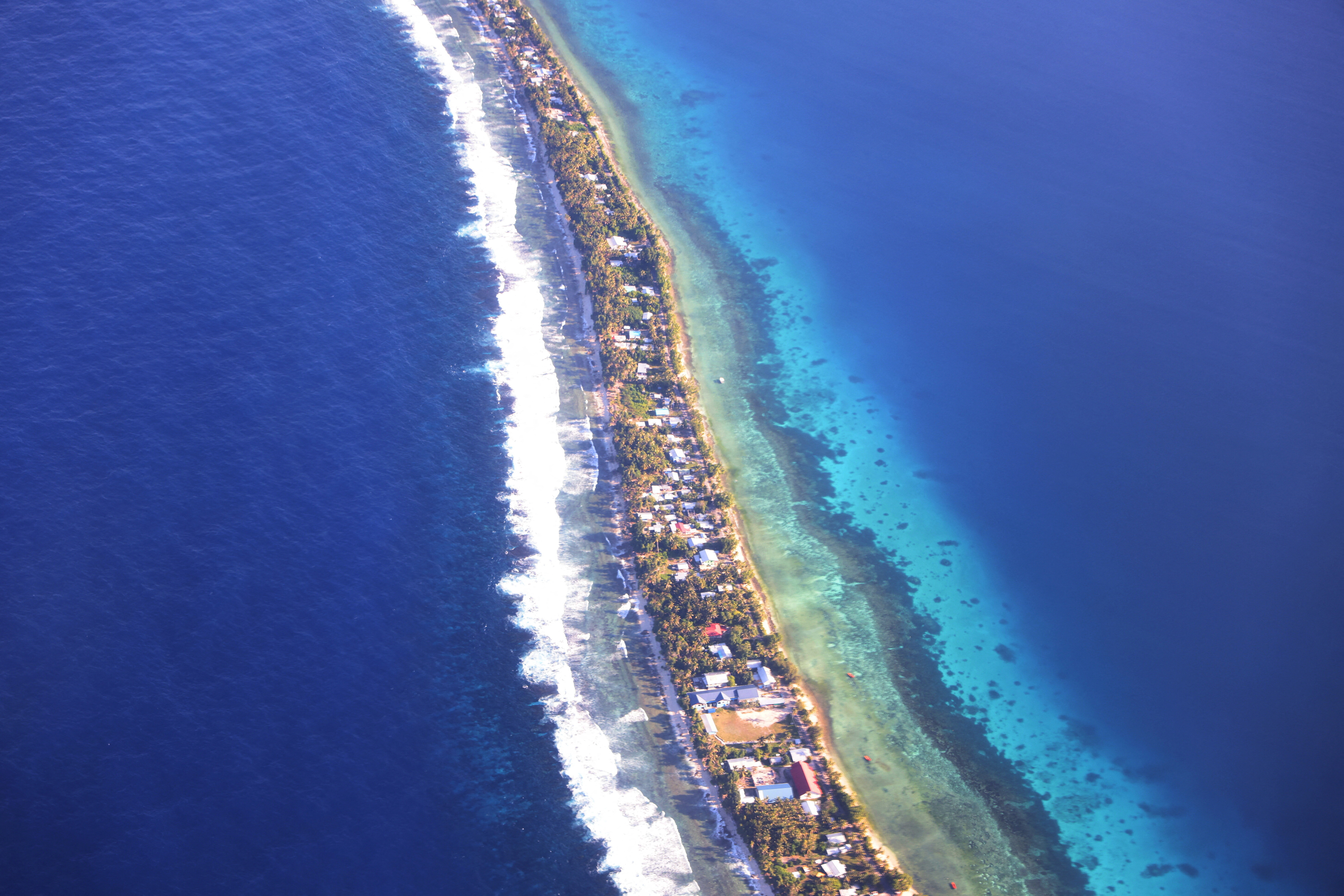These 11 sinking cities could disappear by 2100

People walk on the water as roads are flooded due to heavy rain in Dhaka, Bangladesh July 26, 2017.
Image: REUTERS/Mohammad Ponir Hossain
Stay up to date:
Fresh Water
Global temperatures and sea levels are rising. Low-lying coastal cities are already experiencing devastating floods and working to come up with creative solutions to combat rising tides.
Some cities are sinking due to increasing sea levels slowly encroaching on their coasts, while others are sinking because of excessive groundwater pumping that creates a change in pressure and volume that causes land to sink.
Sinking Cities
Here are 11 sinking cities that are in danger of disappearing.
1. Jakarta, Indonesia

Jakarta is sinking up to 6.7 inches per year due to excessive groundwater pumping (which creates a change in pressure and volume that causes the land to sink). Much of the city could be underwater by 2050.
The Indonesian government recently approved a plan to move the capital 100 miles away from its current location on the island of Java in order to protect its 10 million residents from more flooding. The move would take about 10 years and cost $33 billion.
2. Lagos, Nigeria

Lagos' low coastline continues to erode, and rising seas caused by global warming put Africa's largest city in danger of flooding.
A 2012 study from the University of Plymouth found that a sea level rise of three to nine feet would " have a catastrophic effect on the human activities in these regions." Global sea levels are expected to rise 6.6 feet by the end of this century.
3. Houston, Texas

Parts of Houston are sinking at a rate of 2 inches per year due to excessive groundwater pumping.
The more Houston sinks, the more vulnerable it becomes to increasingly frequent disasters such as Hurricane Harvey, which damaged nearly 135,000 homes and displaced around 30,000 people.
4. Dhaka, Bangladesh

Bangladesh produces 0.3% of the emissions that contribute to climate change, but the country is facing some of the biggest consequences of rising sea levels, according to The New York Times.
Oceans could flood 17% of Bangladesh's land and displace about 18 million of its citizens by 2050.
5. Venice, Italy

Venice is sinking at a rate of 0.08 inches every year.
Italy began building a flood barrier consisting of 78 gates across its three inlets in 2003. It's known as Mose. The barrier was supposed to be completed in 2011, but will likely not be ready until 2022.
When a series of storms hit Venice in 2018, the $6.5 billion project was still incomplete. The flooding was the worst the city had seen in a decade.
6. Virginia Beach, Virginia
Virginia Beach has one of the fastest rates of sea-level rising on the East Coast, factoring in both rising water levels and sinking land.
The National Oceanic and Atmospheric Administration estimates that Virginia Beach could experience up to nearly 12 feet of sea level rise by 2100.
7. Bangkok, Thailand
Bangkok is sinking at a rate of more than 1 centimeter a year and could be below sea level by 2030, according to The Guardian.
To help prevent flooding, especially during Thailand's summer rainy season, an architecture firm built an 11-acre park that can hold up to 1 million gallons of rainwater called Chulalongkorn University Centenary Park.
8. New Orleans, Louisiana

Parts of New Orleans are sinking at a rate of 2 inches per year and could be underwater by 2100, according to a 2016 NASA study.
Some parts of New Orleans are also 15 feet below sea level, and its location on a river delta increases its exposure to sea-level rise and flooding.
9. Rotterdam, The Netherlands

According to The New York Times, 90% of the city of Rotterdam is below sea level. As ocean levels rise, the risk of flooding increases.
Like Bangkok's Chulalongkorn University Centenary Park, the Dutch have built "water parks" that double as reservoirs for the swelling water levels in a project called Room for the River, as well as enormous storm surge barriers.
10. Alexandria, Egypt

Alexandria's beaches have been disappearing as sea levels continue to rise. The Mediterranean Sea could rise as much as 2 feet by 2100, according to NPR.
11. Miami, Florida

Environmental author Jeff Goodell previously told Business Insider that " there's virtually no scenario under which you can imagine [Miami] existing at the end of the century" and referred to it as "the poster child for a major city in big trouble."
Miami's sea levels are rising at faster rates than in other areas of the world, resulting in floods, contaminated drinking water, and major damage to homes and roads.
The city may soon have to raise its structures to stay above water.
Don't miss any update on this topic
Create a free account and access your personalized content collection with our latest publications and analyses.
License and Republishing
World Economic Forum articles may be republished in accordance with the Creative Commons Attribution-NonCommercial-NoDerivatives 4.0 International Public License, and in accordance with our Terms of Use.
The views expressed in this article are those of the author alone and not the World Economic Forum.
Related topics:
Forum Stories newsletter
Bringing you weekly curated insights and analysis on the global issues that matter.
More on Climate Action and Waste Reduction See all
Marco Lambertini and Marcelo Bicalho Behar
November 6, 2025
Lasse Bruun
November 6, 2025
Tom Crowfoot
November 5, 2025






